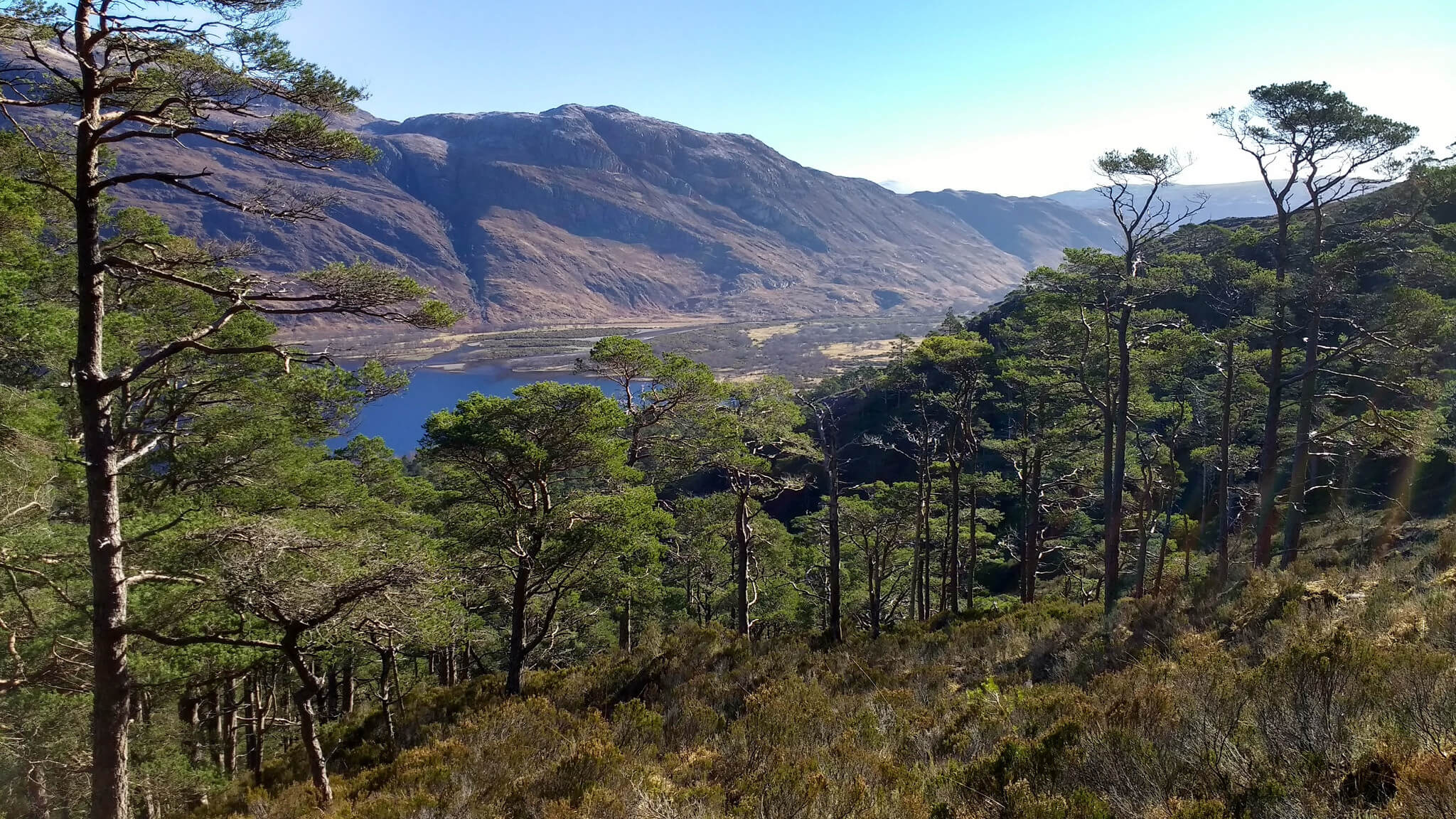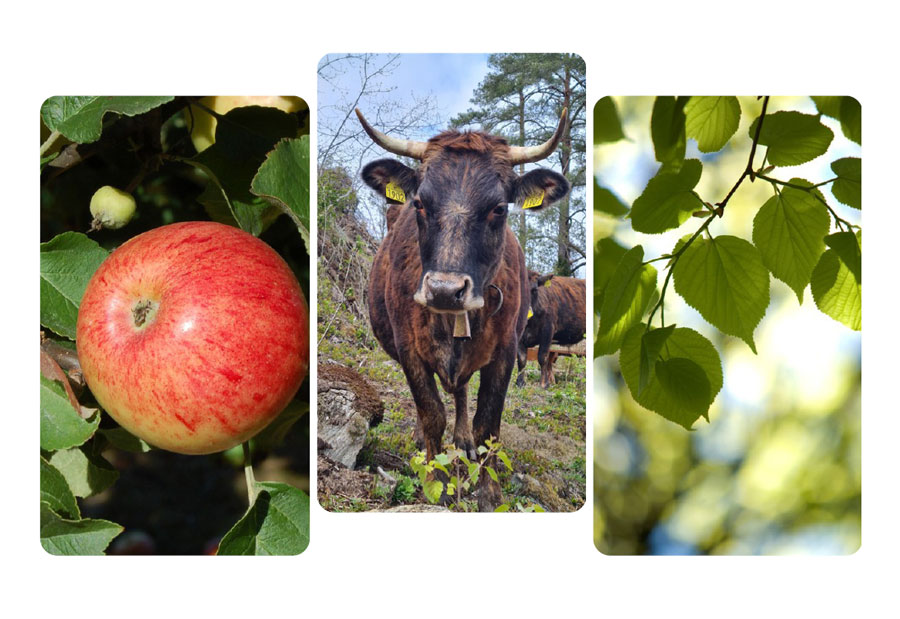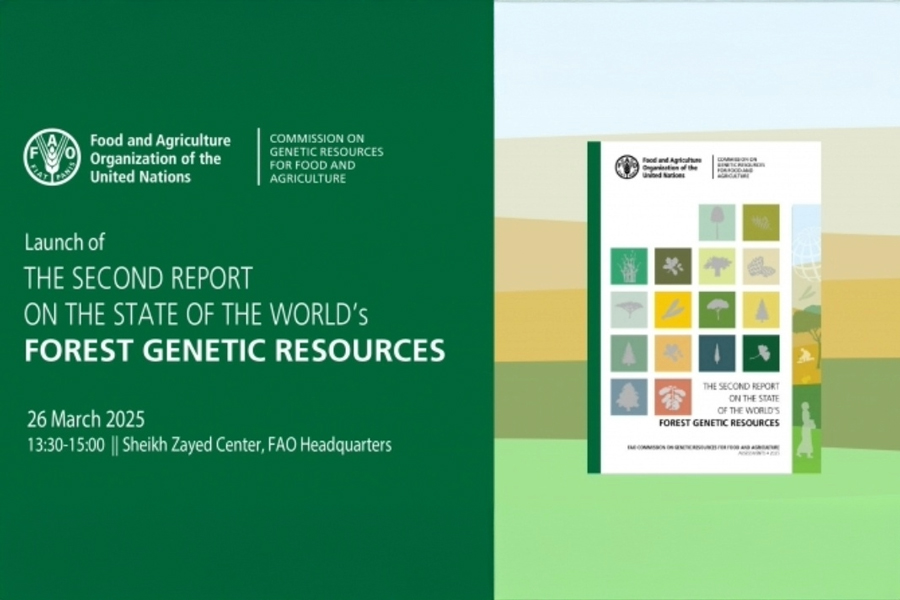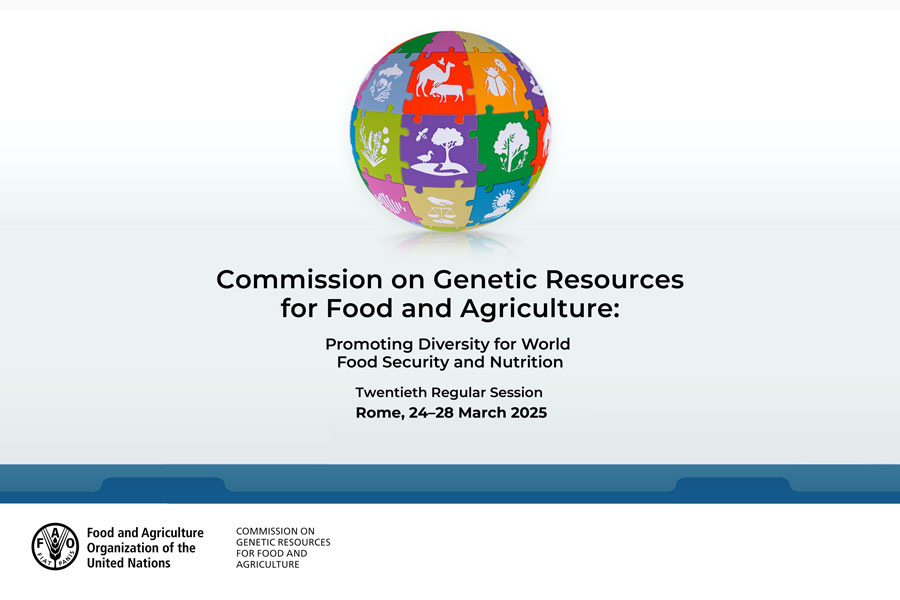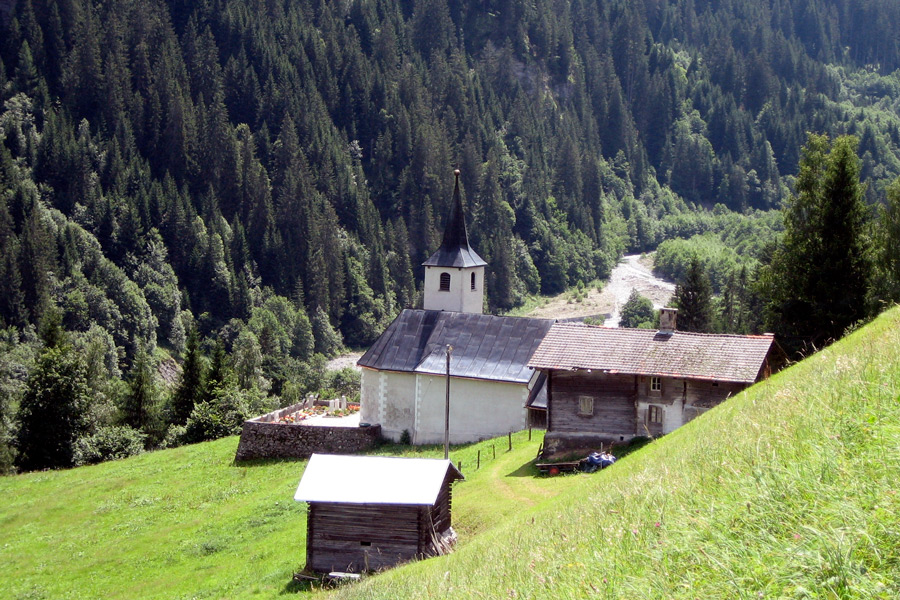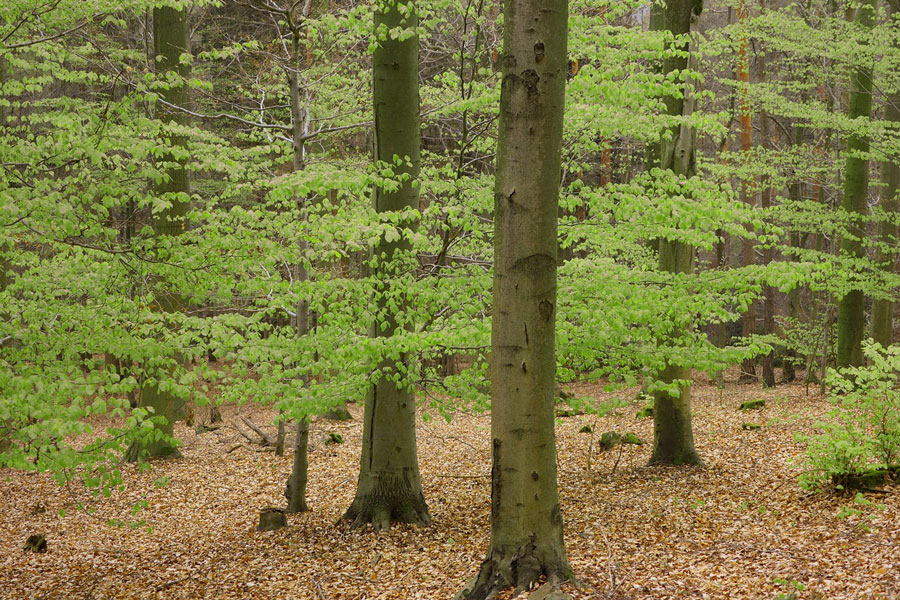First genetic conservation unit in the UK to protect Scots pine
Beinn Eighe in the far northwest of Scotland has become the first genetic conservation unit (GCU) to be recognised in the United Kingdom. The area is home to a diverse population of Scots pine (Pinus sylvestris) that is unusual because it has evolved in a particularly wet area.
The site is managed by Scottish Natural Heritage, and was also the first National Nature Reserve in the UK, designated in 1951.
The Beinn Eighe population of Scots pine is genetically distinct and unique, and so will make a valuable contribution to EUFORGEN’s Pan European strategy for genetic conservation of forest trees.
Beinn Eighe is a special place for Scots pines, Jeanette Hall, woodlands specialist at Scottish Natural Heritage, told BBC News. “It’s much milder, much longer growing season, much wetter – and the pine that is growing here has had to adapt to that over the last few hundred years.”
After the most recent ice age the pines of Beinn Eighe arrived via a different route from pines in other parts of Scotland, another factor contributing to their unique genetics.
This genetic diversity is worth preserving, and designation as a GCU will allow the forest to be managed not as a tree museum but as an evolving population. Some of the trees are more than 350 years old; the seedlings that replace them will, thanks to the diversity of the population’s DNA, be better adapted to future environmental and climatic conditions.
Much of the research on the unique diversity of the Beinn Eighe population was carried out by the UK’s Centre for Ecology and Hydrology (CEH), which is a partner in GenTree. Dr Stephen Cavers, of the CEH, points out that this first GCU is part of the UK’s commitment to the Aichi Targets of the Conventional on Biological Diversity.
“This needs to include a capability to document and monitor the status of genetic diversity,” Dr Cavers said. Data from the GCU will be shared through EUFGIS, which brings together knowledge about genetic diversity in trees from all the GCUs in Europe.
“Because it is on the edge of the range of Scots pine in Europe, adapted to very peculiar ecological conditions, this genetic conservation unit brings a unique contribution to the Pan European conservation strategy,” said Dr Michele Bozzano, EUFORGEN Coordinator. “Scots pine occurs in nearly all European countries, but each country only hosts a fraction of the species diversity: no country alone can conserve the entire species diversity, but each country brings its own uniqueness, contributing to the European effort to maintain the adaptability of the species.”
The hope now is that Beinn Eighe will stimulate the designation of more genetic conservation units across the UK for all the country’s native trees.
Related News
Related Links
- News about the Beinn Eighe genetic conservation unit on BBC
- The pan-European forest genetic resources conservation strategy
- Check where other units are located in Europe
- UK Forest genetic resources strategy
